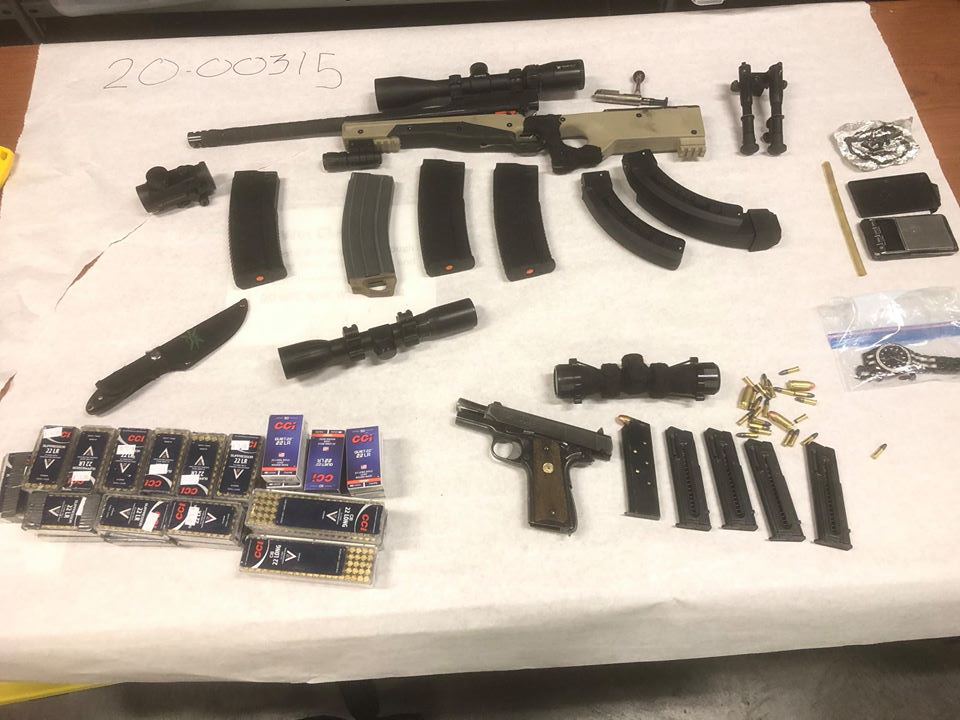Your eyes play a vital element in your ability get the most effective results, no matter whether you’re a professional or an amateur. Knowing the fundamentals of the components can assist in making sure you are equipped to be able to achieve the best results with every shot taken.

Optic Parts: Recognizing their significance in shooting Sports
When shooting sports, whether hunting, competitive shooting, or just a simple plinking session at the range, having a reliable and precise firearm is essential. Optic parts are a component that is often overlooked however, they are essential to precision and precision. Optic parts (also called sights) are fitted to firearms in order to aid shooters to aim more precisely and efficiently. In this post, we’ll explore the importance of optics parts and how they can improve your shooting abilities.
What is Optic Parts?
Optic components are parts that allow shooters to target their guns more accurately. There are a variety of options available which include magnified scopes red dots sights, holographic sights and iron sights. Each kind of optic comes with its own distinct advantages and benefits. The type of optic you pick will depend on your shooting preferences.
Iron sights, the most basic type optics, are commonly found on older firearms. Front sight posts and a back sight notch are needed to align the sights with the targets. Red dot sights employ a small LED to create a reticle that appears as dots on the lens. They are popular due to their quick target acquisition speed and user-friendly. These sights are typically used in tactical and military applications. They utilize lasers to build the”hologram”-like Reticle. Magnified scopes also employ lenses to magnify targets. This makes it much easier to aim accurately at long distances.
Optic Parts What is the reason why They Important?
Optic parts are important as they allow shooters to aim more precisely and efficiently. Optic parts help shooters improve their aim, particularly at long ranges. Optic parts also provide a faster target acquisition, allowing shooters to aim more quickly and with greater accuracy. Optic components can also enhance shooting accuracy in dim light conditions. This is why they are important for hunting and tactical scenarios.
Choosing the Right Optic Parts
It is important to choose the right optics parts to enhance your shooting abilities. It is important to consider the shooting requirements of your shooter, your budget, and the type of firearm you are using when choosing an optic component. Also, you’ll need to think about the magnification and reticle type.
Magnification refers to the zoom the optic component gives. Magnified scopes are commonly used for long-range shooting because they permit shooters to target accurately hundreds of yards away. However, magnified scopes may not be appropriate for close-range shooting. Most popular among tactical shooters are green and red dots sights. They are able for fast target acquisition and close-range shooting.
It is also important to take into account the type of reticle while selecting an optic component. Different types of reticles can be used in different shooting conditions. A crosshair reticle for instance, is ideal to shoot at targets. But the BDC (bullet Drop Compensating) is on the contrary, is ideal for long-range shooting.
Maintaining your Optic Pieces
When you’ve decided on your optic components, it’s important to maintain them correctly. Your optic parts will remain reliable and accurate for a long time with regular maintenance. Simple maintenance tasks include cleaning your lenses, examining the zero and properly taking care of the storage of optics when they are not using them.
To have clear and precise images, cleaning the lenses is vital. Cleaning the lenses with a microfiber cloth or a lens cleaner. Avoid rough or rough paper towels, since they may scratch the lenses.
Checking the zero of your optical parts assures that they’re aligned in a correct manner. Over time, recoil and other factors can cause the optics parts to be misaligned. You can test the zero by taking a couple of shots at the goal. Then , adjust the optic parts to your specifications.
For more information, click Gun Parts